The National Aviation Museum
Romania celebrated Aviation Day on the 20th of July, which coincides with the feast day of Saint Elijah, the aviators patron saint and protector.

Ștefan Baciu, 30.07.2016, 13:28
Aeronautics is a field with a long-standing tradition in Romania since the very beginning. Romanian aviators went down in history for their acts of heroism in times of war and as part of humanitarian missions, and have achieved notable results in utilitarian, sports and transport aviation. Romanian engineers have played a significant role in maintaining this tradition and achieved fame in the field of aircraft manufacturing, despite the many setbacks. 2nd of March 1990 saw the creation of the National Aviation Museum, which showcases the history of Romanian aviation.
Curator Carmen Bescuca, the head of the museum’s collection dedicated to the history of aeronautics, described some of the most important exhibits: “Starting with the three pioneers of aviation, Vuia, Vlaicu and Coanda, visitors can see a scale model of the Vuia no.1 aircraft used by Traian Vuia to conduct the first flight in the world with a heavier-than-air machine. Also on display are the Vlaicu 2 and Vlaicu 3 aircraft designed by engineer Aurel Vlaicu, as well as the scale model of the first jet in the world, Coanda 1910, that of famous IAR 80 fighter plane, built in 1939 by IAR factory in Brasov, a plane used by Romanian pilots in the second world war to obtain over 2,000 victories. Visitors can also see the scale models of reactive planes, from the Yak 23 model MiG29 and, of course, the IAR 93 plane, which was made in Romania.”
Romania wrote important pages in the world history of aviation, at a time when human flying was still a dream. Between 1529 and 1555, the Austrian Conrad Haas designed and tested a multistage rocket in Sibiu. At the beginning of the 20th century, Traian Vuia, Aurel Vlaicu and Henri Coanda are names any country would be proud of Coanda’s invention, the jet engine, caused a revolution in the field. The National Aviation Museum contains reproductions of the famous aircraft used by Romanian aviators.
Carmen Bescuca tells us more: “Vuia’s plane is on display now in France, the place where he built it and where he was carrying out his activity. Vlaicu 2 is the one with which Vlaicu sadly crashed in his attempt to fly over the Carpathians back in 1913. ‘Coanda 1910’, also built in France, is the aircraft with which the inventor tried to fly in December 1910. The plane did take off, but Coanda, who was not a pilot at that time, failed in his attempt and the plane went down and was destroyed. We have a replica of WWII fighter IAR 80, because all those left after the war were dismantled.”
Besides the exhibits already mentioned, the National Aviation Museum also boasts an archive of objects that belonged to the people that made history in aviation in Romania.
Here is Carmen Bescuca again: “I would like to refer to a series of documents and personal belongings of some leading figures of the Romanian aeronautics, such as engineer Aurel Vlaicu; we have on display his pocket watch, which accompanied him in all his flights. I would also mention the archived documents about the first woman skydiver of Romania, Smaranda Braescu, who, back in 1931 set a world record with a jump from 6,000 meters. A year later she broke that record after she jumped from an altitude of 7233 meters. There are also a series of flight records, flying licenses and captain’s logs that belonged to WW2 and post-WW2 airmen. There are also documents of Romanian Air Forces pilots who flew jet fighters. “
A visit at the National Aviation Museum is tantamount to discovering an impressive aeronautics heritage. Visitors are impressed by the wide variety of objects on display here, such as costumes, insignia, drawings and replicas. However, the objects with the strongest impact upon visitors are the planes, the helicopters, the rockets, the command centres, the communication gear, the ejection seats, the engines and other pieces of equipment. The Romanian aviation has a museum in which the planes enthusiasts and future pilots can indulge their hobby or get a glimpse of their future career.





























